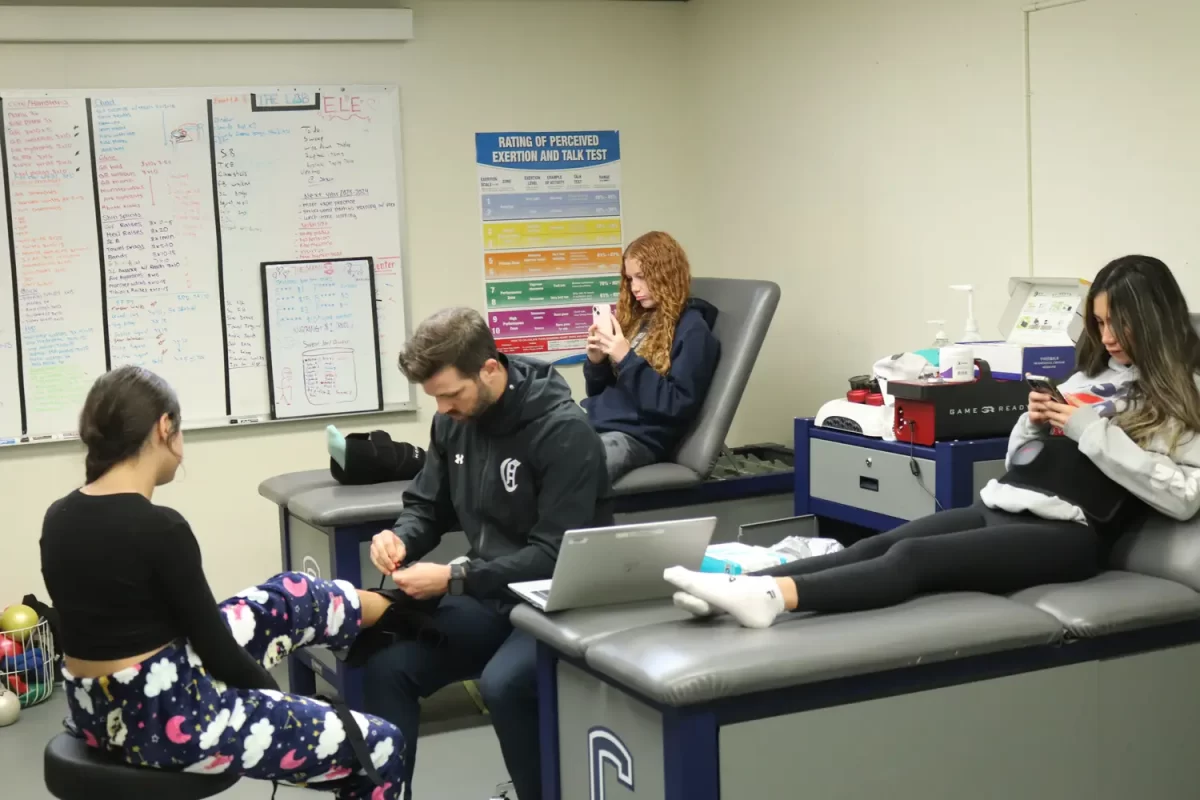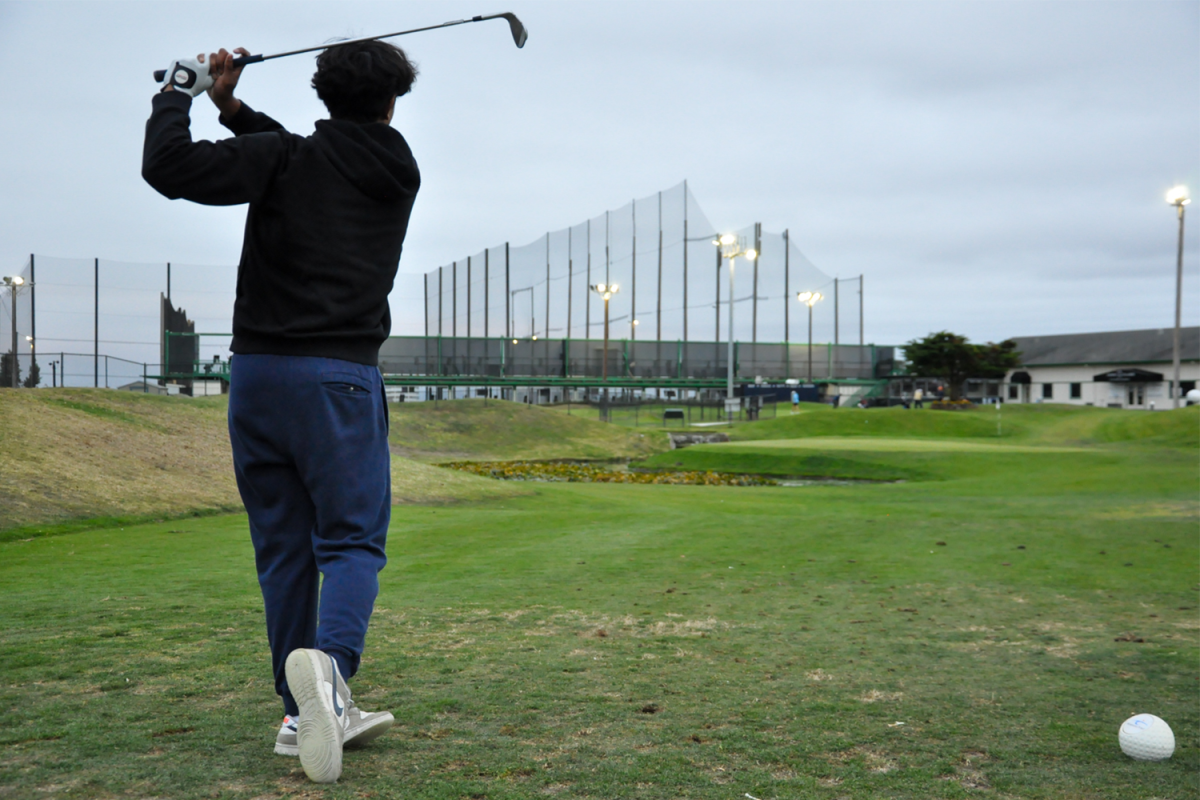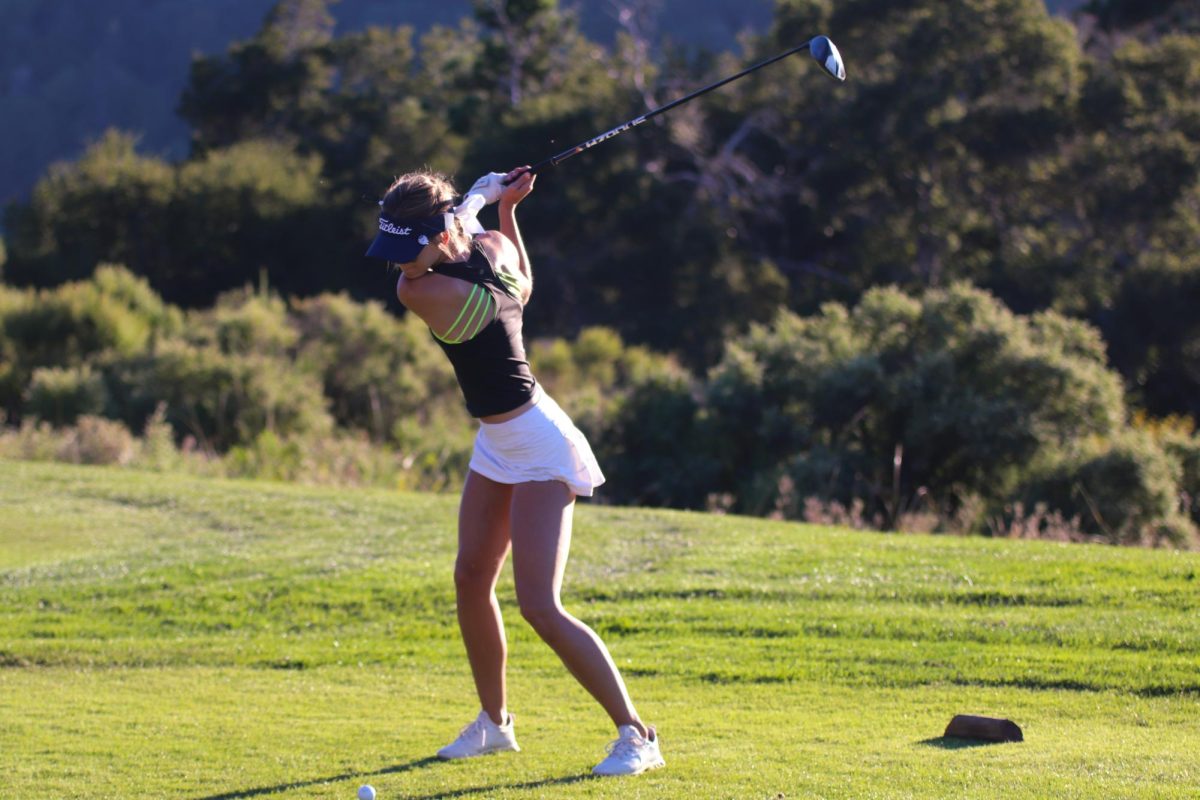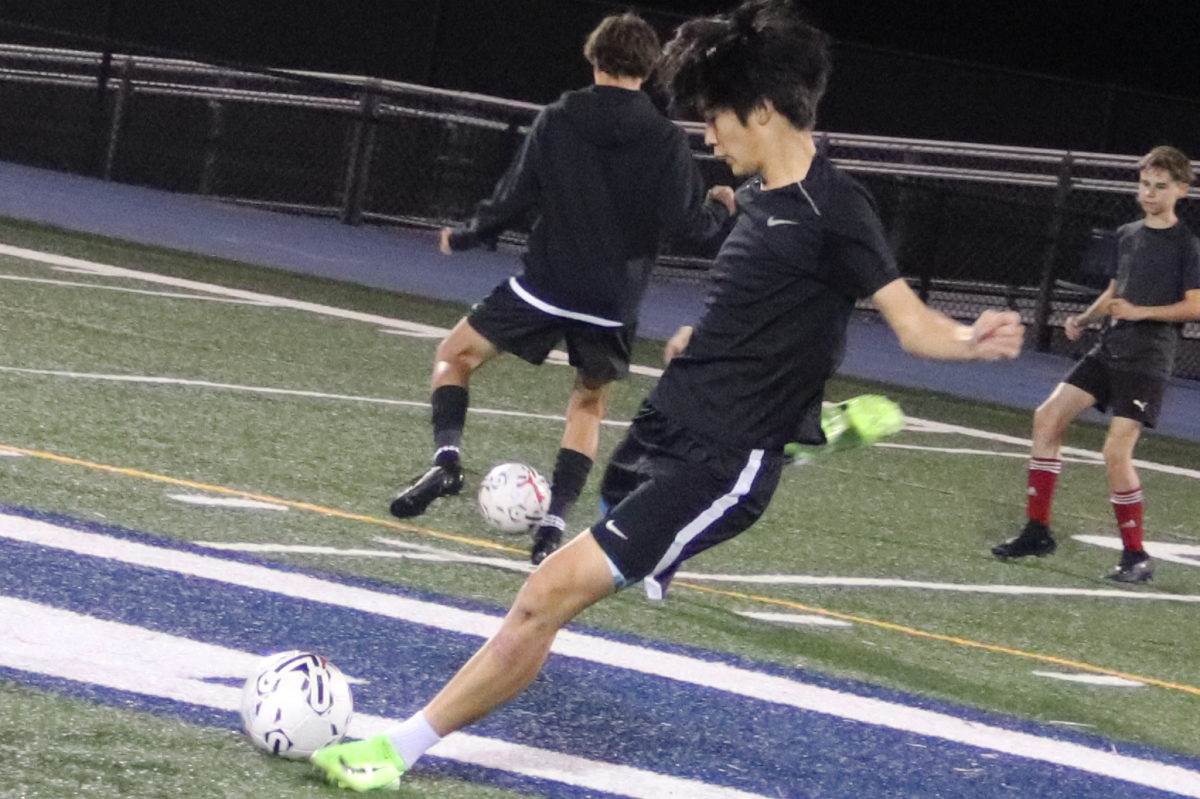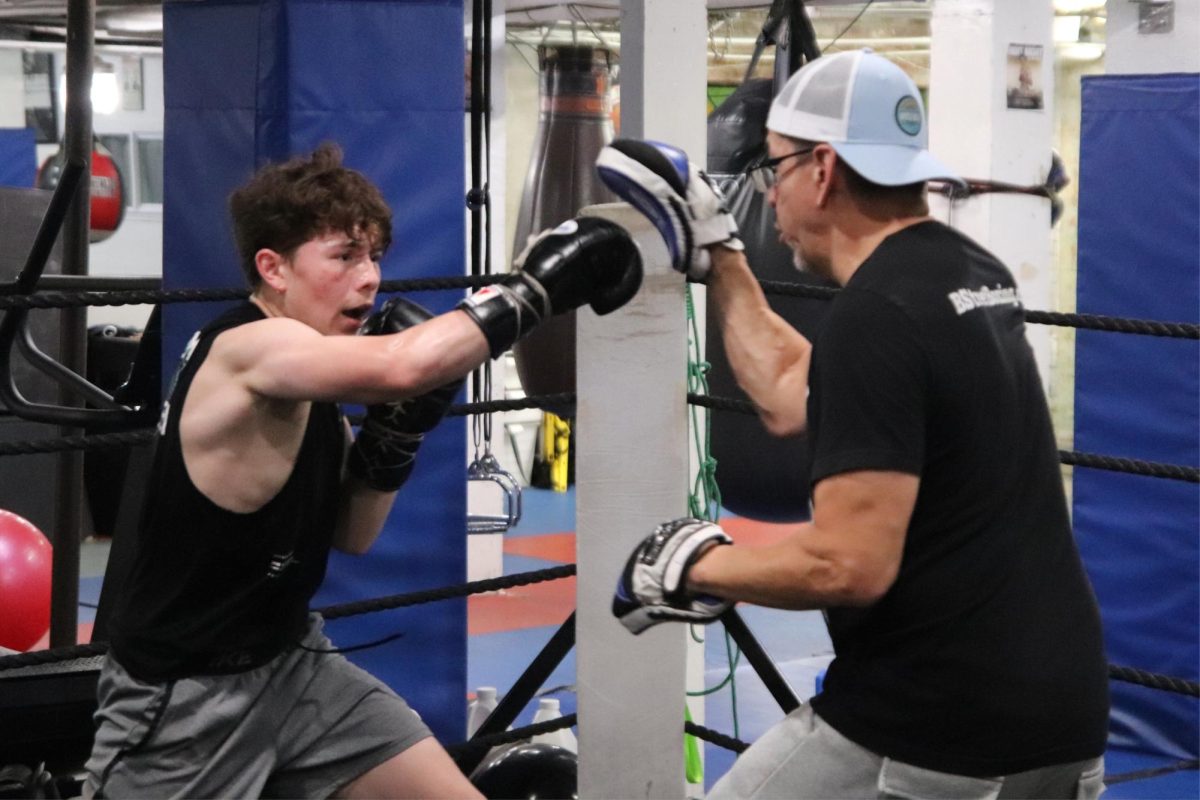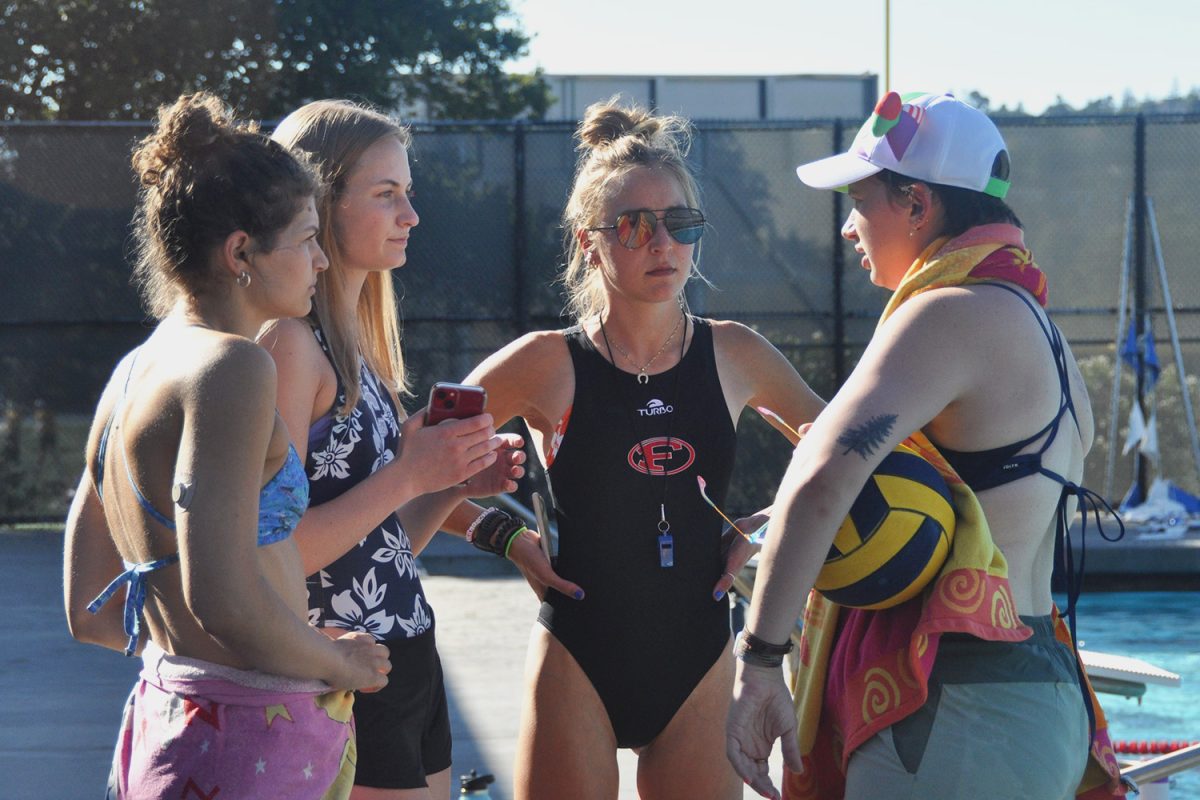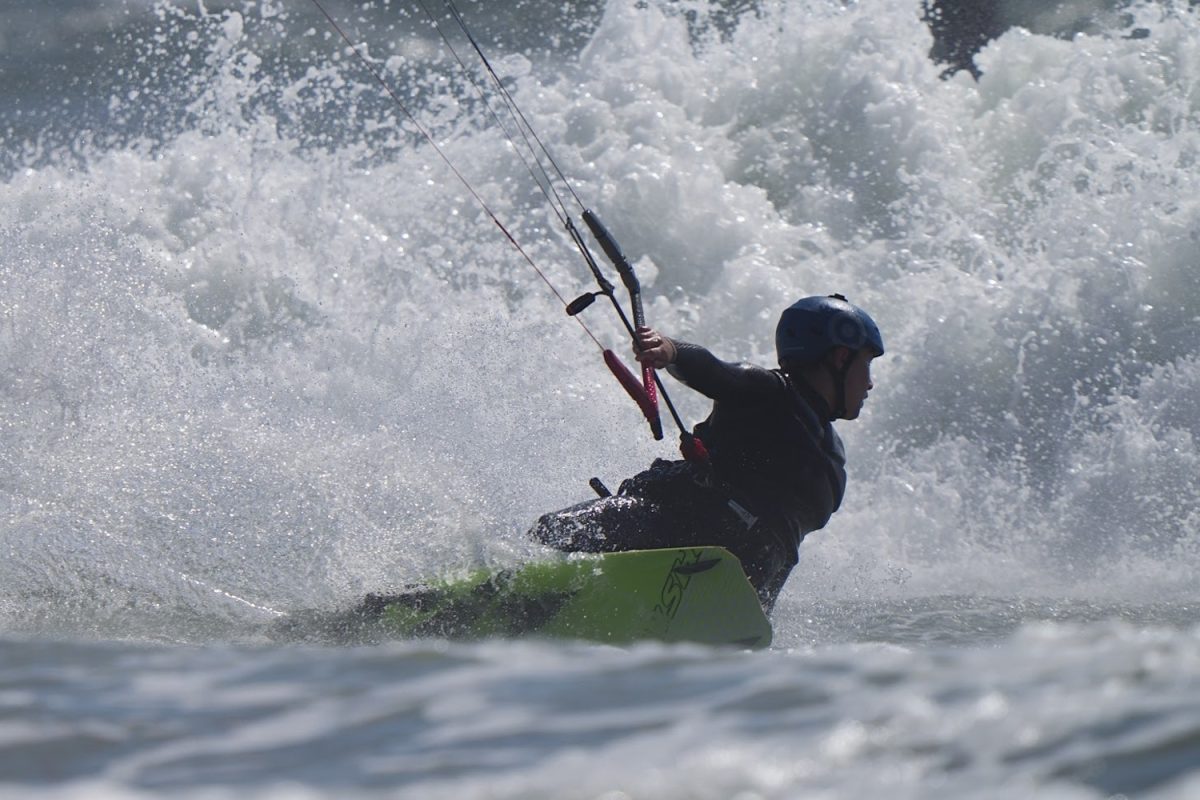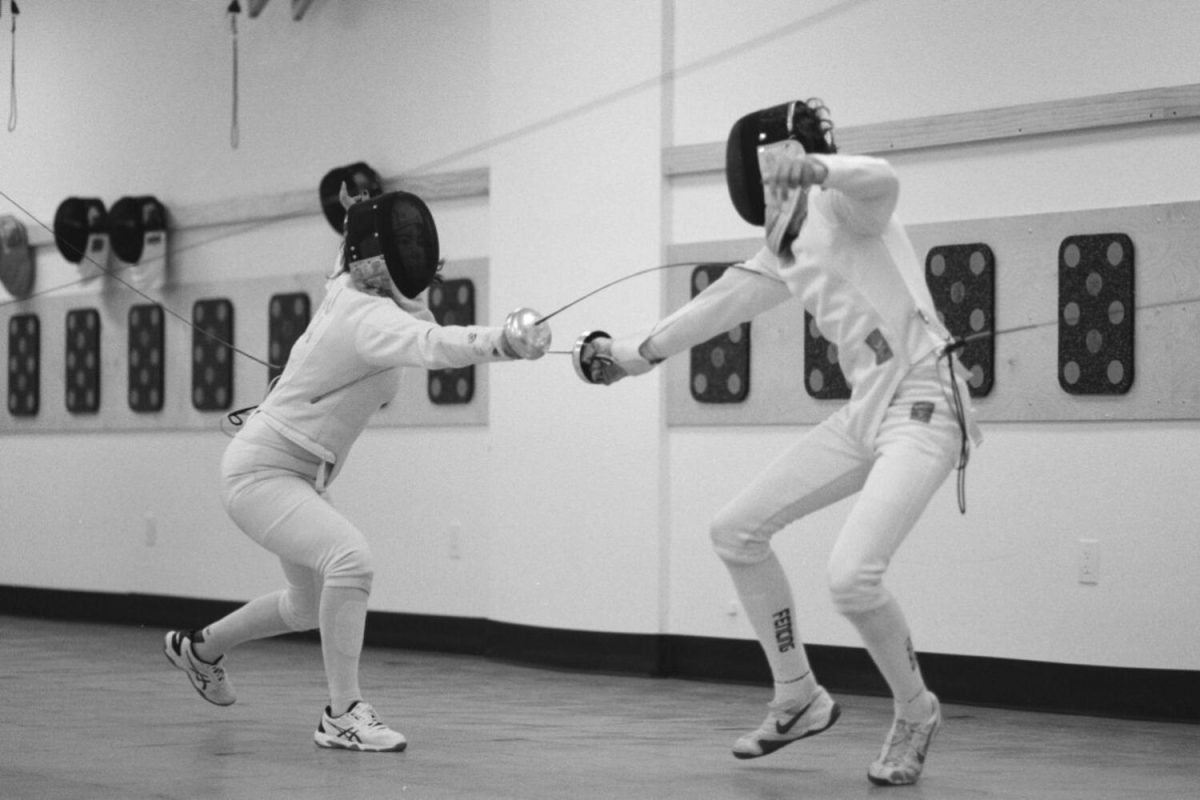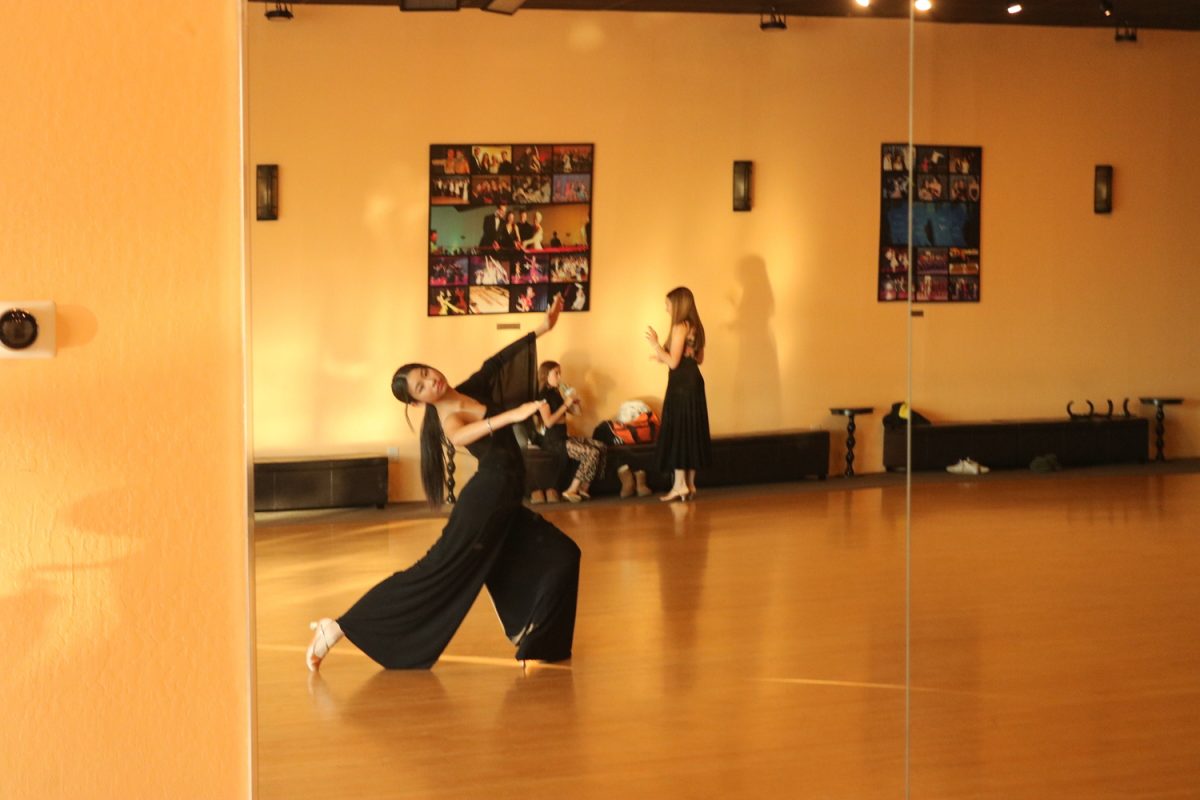The typical Carlmont student won’t take much notice of the man standing on the sidelines of football games, but Jasyn Chidester is what keeps the athletic department running. Literally.
Chidester had played sports for as long as he could remember. He was passionate about football and played from high school through his first year of college until he got hurt. Chidester’s recovery was supposed to be six weeks and got extended to six months. Due to his prolonged break, Chidester was burnt out once back on the field.
After quitting football and graduating from the College of San Mateo, Chidester tried his luck in the medical field as an Emergency Medical Technician (EMT). He soon realized it wasn’t for him.
“I realized how impersonal being an EMT was, you pick someone up, drop them off, and move on to the next one. So I wanted more continuity of care and I wanted to get back into sports,” Chidester said.
Chidester’s proficiency in the sports medicine field was notably shaped by his past job as a paramedic, where he earned many of his certifications. Unlike other states, California stands as the sole U.S. state without regulations on the credentials or licenses of athletic trainers, so not all trainers have the qualifications he does.
“This puts athletes at risk because trainers might not know what they’re talking about. They might not have the education to manage injuries the way that I do,” Chidester said.
In the medical field, having a sense of empathy and understanding toward your patients is key to becoming a good doctor.
“I had an athlete that tore their ACL at the beginning of the season. For an athlete, this is potentially the most traumatic event you ever go through because you’re getting removed from the thing you love doing, you’re getting removed from the social aspects of your sport. This person felt pretty alienated from the team. He wasn’t getting the support there, so I was able to provide the support for him here,” Chidester said.
Due to Chidester’s injury back in college, he knew how important it was for athletic trainers to set realistic timelines for their patients. With this athlete, Chidester focused a lot on goal setting in order to get him back to playing his sport as soon as possible. Though the usual recovery period for ACLs is one to two years, Chidester was able to get him back on the field in nine months.
From game coverage, rehabs, evaluations, and agility drills during the fall, Chidester has a tight schedule. Despite this, he always finds time to mentor Carlmont students interested in the sports medicine field.
“Jasyn’s taught me not only how to tape and know symptoms of certain injuries but also how to be a leader and support the people around me. His influence will forever change the way I handle unfortunate situations and what I choose for my college studies,” said senior Aoife Rossiter.
Teaching others more about his field brings Chidester one step closer to his long-term goal: leaving an impact.
“I want to help promote my profession in California as well as decrease the wage gap of sports physicians compared to other medical professions. I just want to be really good at my job, and allow others to understand what athletic trainers are capable of,” Chidester said.


